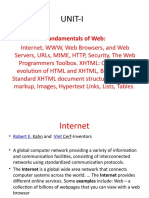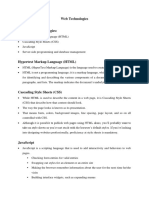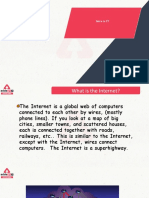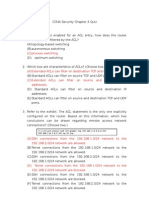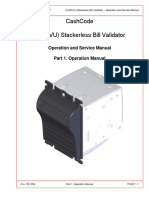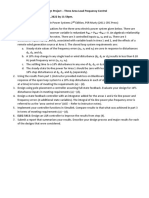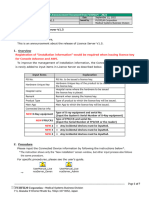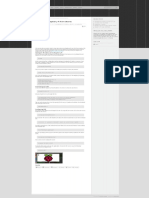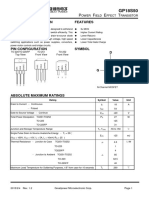0% found this document useful (0 votes)
30 views13 pagesWeb Application
The document discusses various technologies related to the internet and web applications. It covers topics like internet protocols, web browsers, HTML elements and tags, and security and privacy issues. It provides details on technologies like HTTP, FTP, SMTP, and explains elements that make up the world wide web like web servers, proxies, and cookies.
Uploaded by
itsmedi.dummyCopyright
© © All Rights Reserved
We take content rights seriously. If you suspect this is your content, claim it here.
Available Formats
Download as PDF, TXT or read online on Scribd
0% found this document useful (0 votes)
30 views13 pagesWeb Application
The document discusses various technologies related to the internet and web applications. It covers topics like internet protocols, web browsers, HTML elements and tags, and security and privacy issues. It provides details on technologies like HTTP, FTP, SMTP, and explains elements that make up the world wide web like web servers, proxies, and cookies.
Uploaded by
itsmedi.dummyCopyright
© © All Rights Reserved
We take content rights seriously. If you suspect this is your content, claim it here.
Available Formats
Download as PDF, TXT or read online on Scribd
/ 13
















